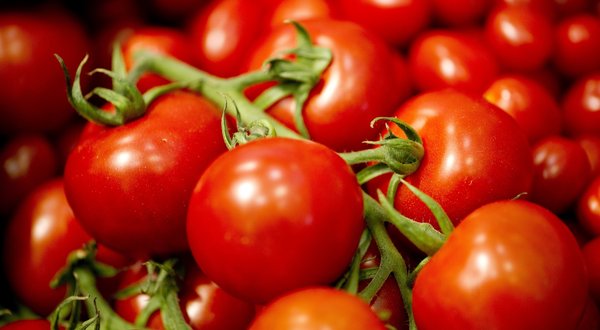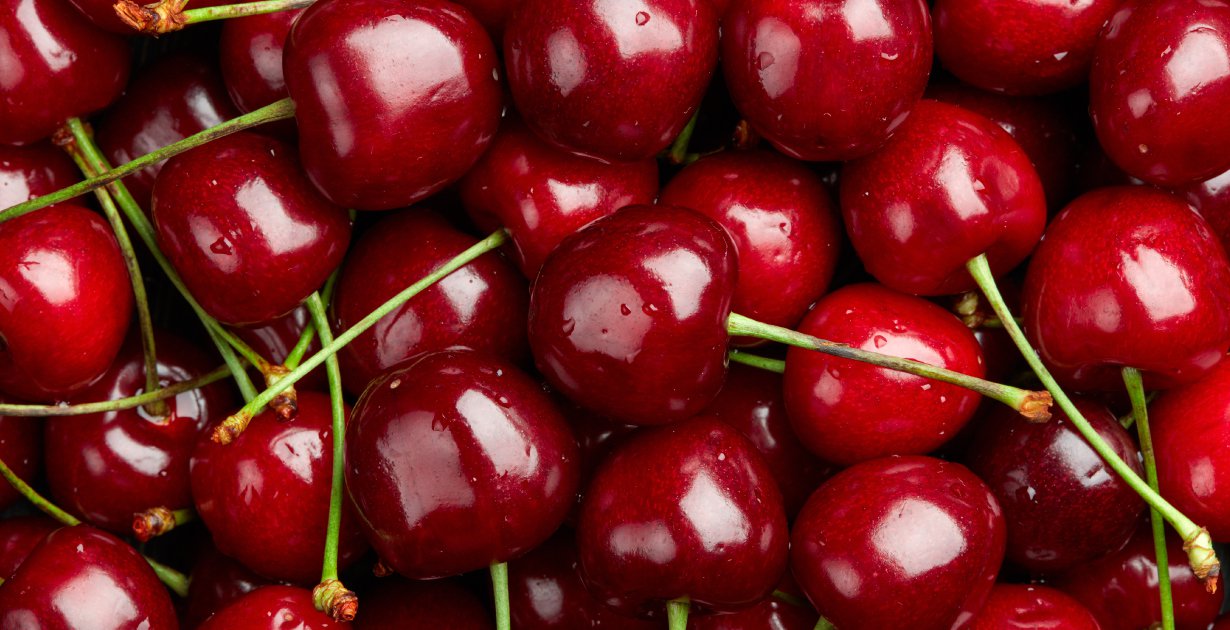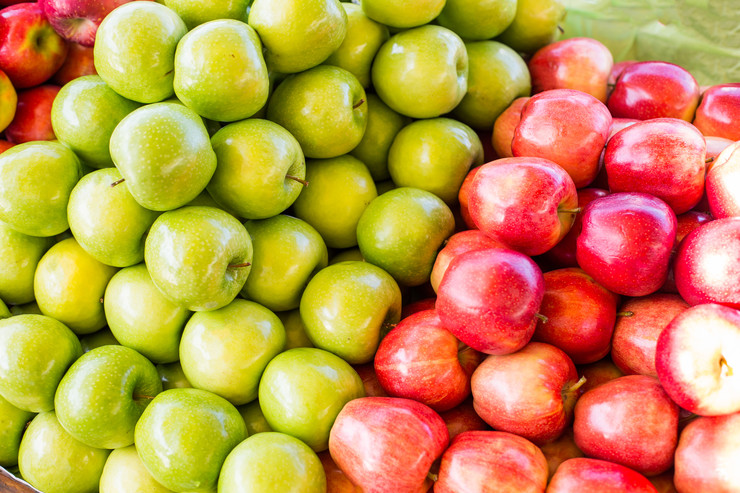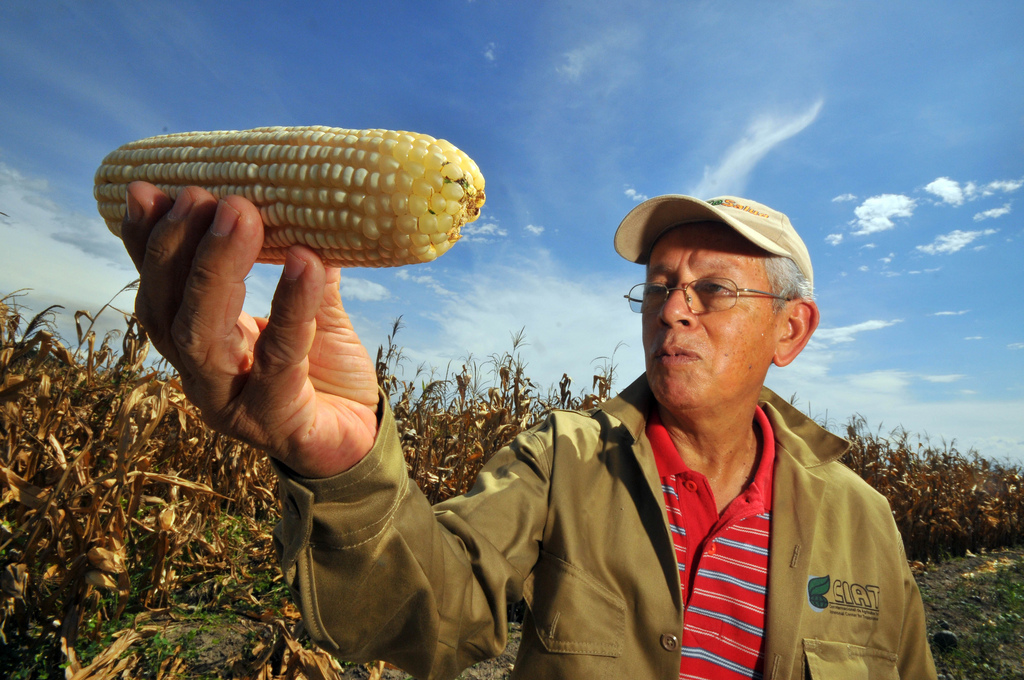Statistics Canada : Farm income, 2011
Realized net income for Canadian farmers amounted to $5.7 billion in 2011, a 53.1% increase from 2010. This rise followed a 19.0% increase in 2010 and a 19.6% decline in 2009.
Realized income is the difference between a farmer's cash receipts and operating expenses, minus depreciation, plus income in kind.
Realized net income fell in four provinces: Newfoundland and Labrador, Nova Scotia, Manitoba and British Columbia. In each, increases in costs outpaced gains in receipts.
Farm cash receipts
Farm cash receipts, which include market receipts from crop and livestock sales as well as program payments, rose 11.9% to $49.8 billion in 2011. This was the first increase since 2008.
Market receipts alone increased 12.0% to $46.3 billion. Crop receipts, which increased 15.8% to $25.9 billion, contributed the most to the increase. Sales from livestock products rose 7.5% to $20.3 billion, the largest annual increase since 2005.
Stronger prices for grains and oilseeds played a major role in the increase in crop revenues. For example, canola receipts increased 37.3% in 2011 on the strength of a 27.3% gain in prices.
Grains and oilseed prices started rising in the last half of 2010 as a result of limited global stocks and strong demand. Even though prices peaked in mid-2011, prices for the year, on average, remained well above 2010 levels.
Crop receipts rose in every province except Manitoba and Newfoundland and Labrador. In Manitoba, difficult growing conditions reduced marketings of most grains and oilseeds.
In Prince Edward Island and New Brunswick, increases in potato prices and marketings helped push crop receipts higher.
It was also stronger prices that were behind the rise in livestock receipts. Hog receipts increased 15.5% to $3.9 billion on the strength of a 14.7% price increase. Cattle prices rose 19.5% in 2011, while receipts increased 1.1% because of a reduced supply of market animals.
Hog, cattle and calf prices increased in 2010. The upward trend continued throughout most of 2011, primarily because of low North American inventories and high feed grain costs.
Receipts for producers in the three supply-managed sectors-dairy, poultry and eggs-increased 7.9% as rising prices reflected higher costs for feed grain and other production inputs. A 14.9% rise in chicken receipts exceeded increases for eggs (+8.7%) and dairy products (+5.3%).
Program payments increased 11.2% to $3.5 billion in 2011. Increases in Quebec provincial stabilization payments as well as crop insurance payments in Manitoba and Saskatchewan accounted for much of the rise.
Farm expenses
Farm operating expenses (after rebates) were up 8.4% to $38.3 billion in 2011, the second-largest percentage increase since 1981. This increase followed two consecutive years of modest declines.
Higher prices for fertilizer, feed and machinery fuel contributed to the increase in operating expenses.
According to the Farm Input Price Index, both fertilizer and machinery fuel prices were up by over 25% in 2011. At the same time, feed grain prices increased by more than 30%.
When depreciation charges were included, total farm expenses increased 8.2% to $44.1 billion. Depreciation costs rose 6.9%.
Total farm expenses advanced in every province in 2011. The largest percentage increases occurred in Saskatchewan (+12.3%), Quebec (+9.5%) and Alberta (+9.0%).
Total net income
Total net income reached $5.8 billion, a $3.3 billion gain. There were large increases in Saskatchewan (+$2.1 billion), Alberta (+$567 million) and Ontario (+$470 million), while Newfoundland and Labrador, New Brunswick and Manitoba saw declines.
Total net income adjusts realized net income for changes in farmer-owned inventories of crops and livestock. It represents the return to owner's equity, unpaid labour, and management and risk.
The total value of farm-owned inventories rose by $165 million in 2011. A strong increase in deferred grain payments together with the first increase in cattle inventories since 2004 contributed to the rise.
Note to readersRealized net income can vary widely from farm to farm because of several factors, including commodities, prices, weather and economies of scale. This and other aggregate measures of farm income are calculated on a provincial basis employing the same concepts used in measuring the performance of the overall Canadian economy. They are a measure of farm business income, not farm household income.
Financial data for 2011 collected at the individual farm business level using surveys and other administrative sources will soon be tabulated and made available. These data will help explain differences in performance of various types and sizes of farms.
For details on farm cash receipts for the first three quarters of 2012, see today's "Farm cash receipts" release.
As a result of the release of data from the 2011 Census of Agriculture on May 10, 2012, data on farm cash receipts, operating expenses, net income, capital value and other data contained in the Agriculture Economic Statistics series are being revised, where necessary. The complete set of revisions will be released in the November 26, 2013, edition of The Daily.
Table 1
Net farm income
2009
2010r
2011p
2009 to 2010
2010 to 2011
millions of dollars
% change
+ Total farm cash receipts including payments
44,599
44,466
49,772
-0.3
11.9
- Total operating expenses after rebates
36,052
35,315
38,276
-2.0
8.4
= Net cash income
8,547
9,151
11,496
7.1
25.6
+ Income-in-kind
39
40
45
2.6
11.1
- Depreciation
5,471
5,483
5,864
0.2
6.9
= Realized net income
3,115
3,709
5,677
19.0
53.1
+ Value of inventory change
-281
-1,157
165
...
...
= Total net income
2,834
2,551
5,842
...
...
Table 2
Net farm income, by province
Canada
Newfoundland and Labrador
Prince Edward Island
Nova Scotia
New Brunswick
Quebec
millions of dollars
2010r
+ Total farm cash receipts including payments
44,466
118
407
500
479
7,171
- Total operating expenses after rebates
35,315
106
367
422
406
5,472
= Net cash income
9,151
12
41
78
73
1,699
+ Income-in-kind
40
0
0
1
1
10
- Depreciation
5,483
8
41
59
54
727
= Realized net income
3,709
4
0
19
20
983
+ Value of inventory change
-1,157
-0
18
0
9
13
= Total net income
2,551
4
18
19
29
996
2011p
+ Total farm cash receipts including payments
49,772
120
477
527
533
7,967
- Total operating expenses after rebates
38,276
114
391
448
424
6,018
= Net cash income
11,496
6
86
79
109
1,949
+ Income-in-kind
45
0
0
1
1
11
- Depreciation
5,864
9
43
62
55
767
= Realized net income
5,677
-2
43
18
55
1,194
+ Value of inventory change
165
-0
-12
2
-50
-24
= Total net income
5,842
-3
31
20
5
1,170
Source - http://www.4-traders.com/













